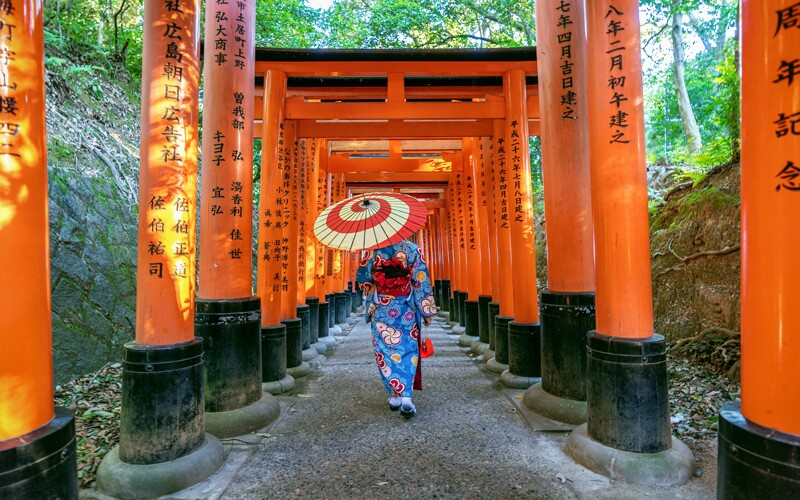Japan's Culture
- nitishlol
- Mar 9, 2023
- 3 min read
To know all about Japan's Culture.
Now that you are here, I guess you like Japan's culture and how they live.

Japan is a country steeped in a rich and unique culture, with traditions that date back thousands of years. From its distinctive food and clothing to its art and music, Japan's culture has captured the world's imagination and continues to fascinate people today. In this blog post, we'll explore some of the key elements of Japan's culture and what makes it so special.
Food
One of the most distinctive aspects of Japanese culture is its food. Japanese cuisine is known for its emphasis on fresh, seasonal ingredients, and its delicate and precise preparation. Some of the most famous dishes include sushi, sashimi, tempura, and ramen, but there are many other delicious and unique foods to try as well.
One key aspect of Japanese food culture is the idea of omotenashi, or hospitality. This involves a deep commitment to providing guests with the best possible experience, whether that's through the quality of the food, the presentation of the dishes, or the atmosphere of the restaurant. Many Japanese restaurants are also known for their attention to detail, with chefs spending years perfecting their craft in order to create the perfect dish.
Clothing
Another important aspect of Japanese culture is its traditional clothing. The most famous example of this is the kimono, a long, flowing garment made of silk or other high-quality materials. Kimonos are often worn for special occasions such as weddings, tea ceremonies, or other formal events, and are often accompanied by other traditional accessories such as geta (wooden sandals) or zori (straw sandals).
In addition to kimonos, there are many other traditional Japanese garments to explore, including yukatas (light cotton kimonos worn in the summer), hakama (wide-legged pants worn by both men and women), and haori (a short jacket worn over a kimono). While many Japanese people today wear Western clothing in their daily lives, traditional clothing is still an important part of the country's culture and heritage.
Art and Design
Japan is also known for its unique art and design aesthetic, which has influenced everything from fashion and architecture to graphic design and animation. One of the most famous examples of Japanese art is ukiyo-e, a genre of woodblock prints that flourished during the Edo period (1603-1868). Ukiyo-e prints often depict scenes from everyday life, as well as famous landscapes, actors, and historical figures.
Another important aspect of Japanese art and design is the concept of wabi-sabi, which emphasizes the beauty of imperfection and transience. This can be seen in everything from pottery and calligraphy to architecture and interior design, and is an important part of the country's cultural heritage.
Music and Performance
Finally, Japan is also known for its unique music and performance traditions. One of the most famous of these is kabuki, a form of traditional theater that originated in the Edo period. Kabuki plays are known for their elaborate costumes, makeup, and stylized movements, and often tell stories of love, revenge, or political intrigue.
In addition to kabuki, there are many other traditional music and dance forms in Japan, including Noh theater, bunraku puppetry, and taiko drumming. These forms of performance art are deeply ingrained in the country's cultural heritage and continue to be celebrated and enjoyed today.
In conclusion, Japan's culture is a rich and diverse tapestry of traditions and customs that have been developed and refined over thousands of years. Whether you're interested in food, clothing, art, or performance, there is something for everyone to enjoy and appreciate in Japan's unique cultural landscape.

Comments